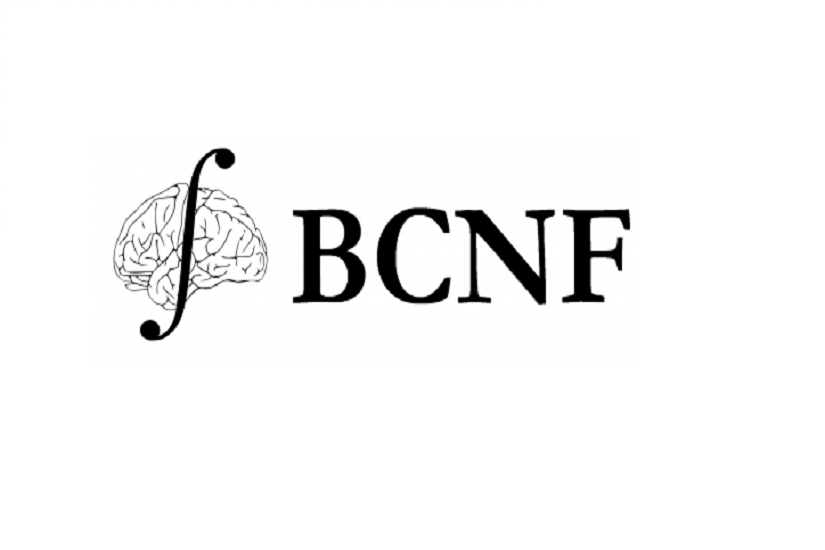
The Budapest Computational Neuroscience Forum is a series of informal monthly meetings of Budapest-based computational neuroscientists and computational cognitive scientists with the aim of facilitating discussion and cooperation among researchers working in different institutes and giving an opportunity to students to present their work and get to know the community. Originally started in 2007, restarted in 2017 and then again in 2023 the Forum is now regularly hosted by Central European University, and followed by a social event, both open to anyone interested.
Events of the Forum are advertised on a mailing list. If you wish to be on this list or have any inquiries about the series, contact Mihály Bányai.
Upcoming meeting:
Time: 17:00, January 31, 2024.
Location: CEU, 1051 Budapest, Nádor u. 15. Room 101.
Speaker: Zoltán Somogyvári, Wigner Institute
Title: Seeing beyond the spikes: reconstructing the complete spatiotemporal membrane potential distribution from paired intra- and extracellular recordings
Abstract: Although electrophysiologists have been recording intracellular neural activity routinely ever since the ground-breaking work of Hodgkin and Huxley, and extracellular multichannel electrodes have also been used frequently and extensively, a practical experimental method to track changes in membrane potential along a complete single neuron is still lacking. Instead of obtaining multiple intracellular measurements on the same neuron, we propose an alternative method by combining single-channel somatic patch-clamp and multichannel extracellular potential recordings. In this work, we show that it is possible to reconstruct the complete spatiotemporal distribution of the membrane potential of a single neuron with the spatial resolution of an extracellular probe during action potential generation. Moreover, the reconstruction of the membrane potential allows us to distinguish between the two major but previously hidden components of the current source density (CSD) distribution: the resistive and the capacitive currents. This distinction provides a clue to the clear interpretation of the CSD analysis, because the resistive component corresponds to transmembrane ionic currents (all the synaptic, voltage-sensitive and passive currents), whereas capacitive currents are considered to be the main contributors of counter-currents. We validate our model-based reconstruction approach on simulations and demonstrate its application to experimental data obtained in vitro via paired extracellular and intracellular recordings from a single pyramidal cell of the rat hippocampus. In perspective, the estimation of the spatial distribution of resistive membrane currents makes it possible to distiguish between active and passive sinks and sources of the CSD map and the localization of the synaptic input currents, which make the neuron fire.